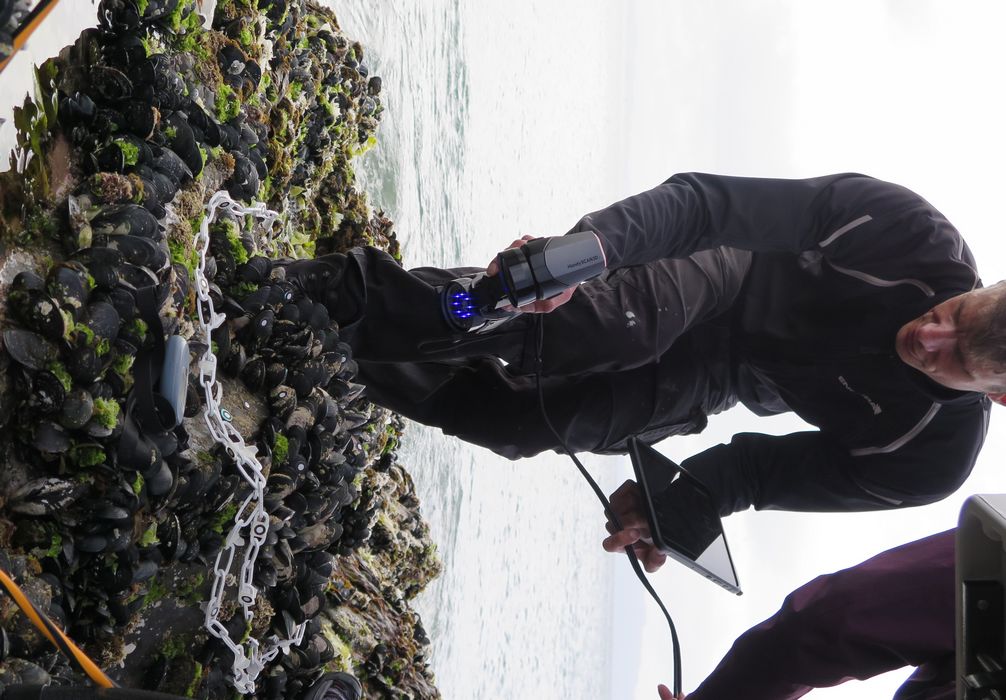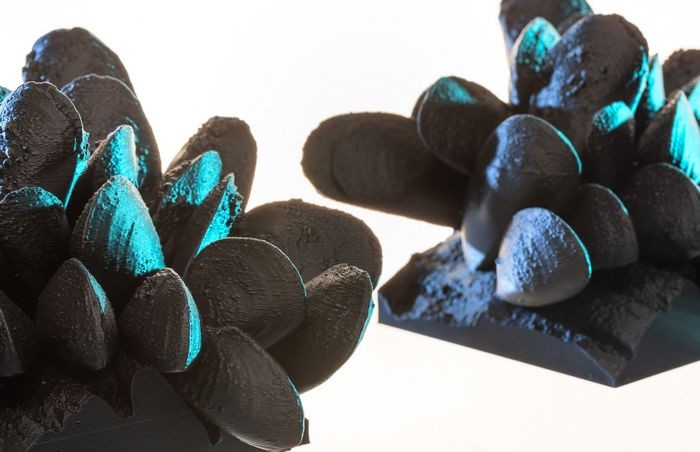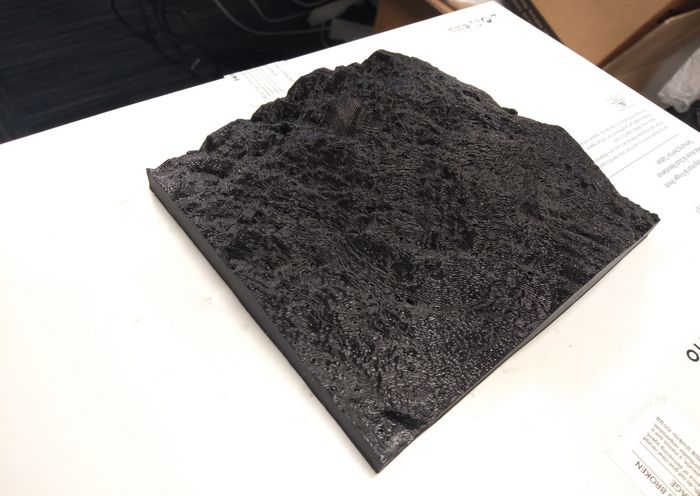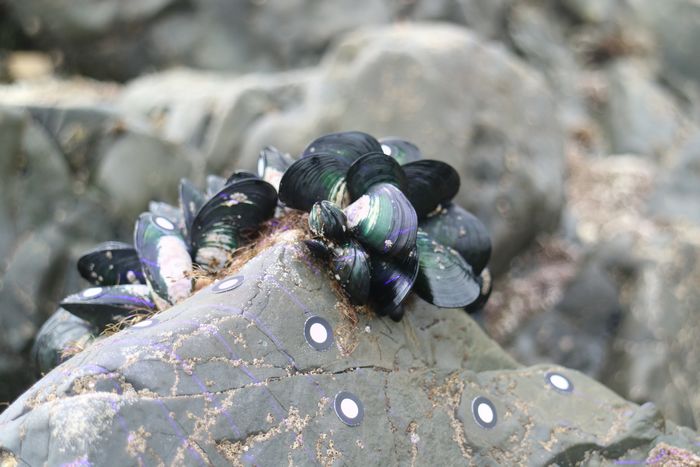Scion gets salty with marine biology

Scion’s conservation projects have turned a little salty, with marine biosecurity a focus of one partnership project currently in the water.
The Marine Biosecurity Toolbox (MBT) is a five-year research project looking at protecting New Zealand’s marine environments by managing marine pests and invasive species.
The research addresses how to reduce biofouling – marine pests and organisms that attach and grow on marine infrastructure such as marinas and the underside of boat hulls – and how to encourage the settlement of native species like green-lipped mussels.
The project is being led by the Cawthron Institute, in partnership with Scion, Otago University, Ministry of Business, Innovation and Employment (MBIE), and a unique group of science, Māori, regulatory and industry organisations.
Scion has been able to use its expertise around economic modelling and 3D printing capabilities to help researchers collect data on how best to manage potential risk, prevent pest establishment, and detect and respond to new incursions.
This valuable data will then help to create regional, domestic and international biosecurity tools that will empower government, tangata whenua, industry and the community to protect and add value to our marine environments and their associated commercial, cultural and recreational values.
The project is built around four main research themes: protect, detect, manage and respond, as well as economics and decision support.
A new approach
Scion project leader Rob Whitton says with native habitats in decline, there has been greater opportunity for invasive species to move in.
The team has been looking at how to encourage the settlement of native species, in particular green-lipped mussels, to help displace any pest species looking to settle.
“We’ve taken a different approach to this than what’s been done in the past, by looking specifically at what’s already present on the reef in the intertidal zone where mussel spat settle, and then working back from there.”
This has included 3D scanning the reef where mussel spat currently settle and then replicating the surfaces using 3D printing, and assessing what structure and geometry are most favoured by wild mussel spat.
“Not much is currently known about mussel settlement preferences. We’ve taken a number of tiles into the lab to see how mussel spat settle on the geometry we’ve replicated.”
What materials mussel spat favour, like rocks or other mussel shells for example, is also being investigated. Next steps include producing larger substrates that incorporate the favoured features and materials identified in the lab, for sea trials.
Increasing native species is of added importance in a cultural context, like growing the abundance of mahinga kai, and in the case of mussels, improving water quality and filtration.

Engaging the public
Wider project goals have explored identifying what invasive species are present in our marine environment – work that has involved connecting with a focus group to better understand the communication channels that people would engage with to actively report any marine pests they detect.
The project is also seeking feedback from boat users. Invasive species tend to settle easily on smooth surfaces and man-made structures like boat hulls and marinas. Research has examined current behaviours and travel patterns of recreational and commercial boat users – information that will help scientists and biosecurity authorities to manage and respond to patterns of spread and potential marine pest hotspots.
Valuing marine environments
Another research area has delved into how much implementation initiatives would cost to create a healthier marine environment, and what the wider benefits would be.
Scion research economist Richard Yao and his economics and decision support researchers have developed valuation techniques that can quantify the values of the broader benefits, like the increase in seafood, cleaner water, better recreation and aesthetics, as well as Māori cultural values.
“It’s challenging to assess the multiple values on improving our marine environment because there are so many different aspects to take into account. Fortunately, the MBT programme team is a multidisciplinary research team that has expertise in marine ecology and social science. MBT also has end users from government agencies and related industries who also provide inputs on the design of the assessment of multiple values.”
What next?
A national survey of recreational boat owners with vessels permanently in the water is being developed to help gauge the willingness of boat owners to either pay money or spend time on education and training, to keep their boat hulls free from biofouling.
The Marine Biosecurity Toolbox project is set to wrap up in September 2024 with much data analysis, including what decision support and actions will be, still to be completed.
This project has also led Scion to develop and test new assessment methods for examining the marine ecosystem’s wider value to the economy, environment and society, including environmental enhancement, recreation and Māori cultural values. These have the potential to be applied back to the likes of forestry, freshwater and urban ecosystems.


